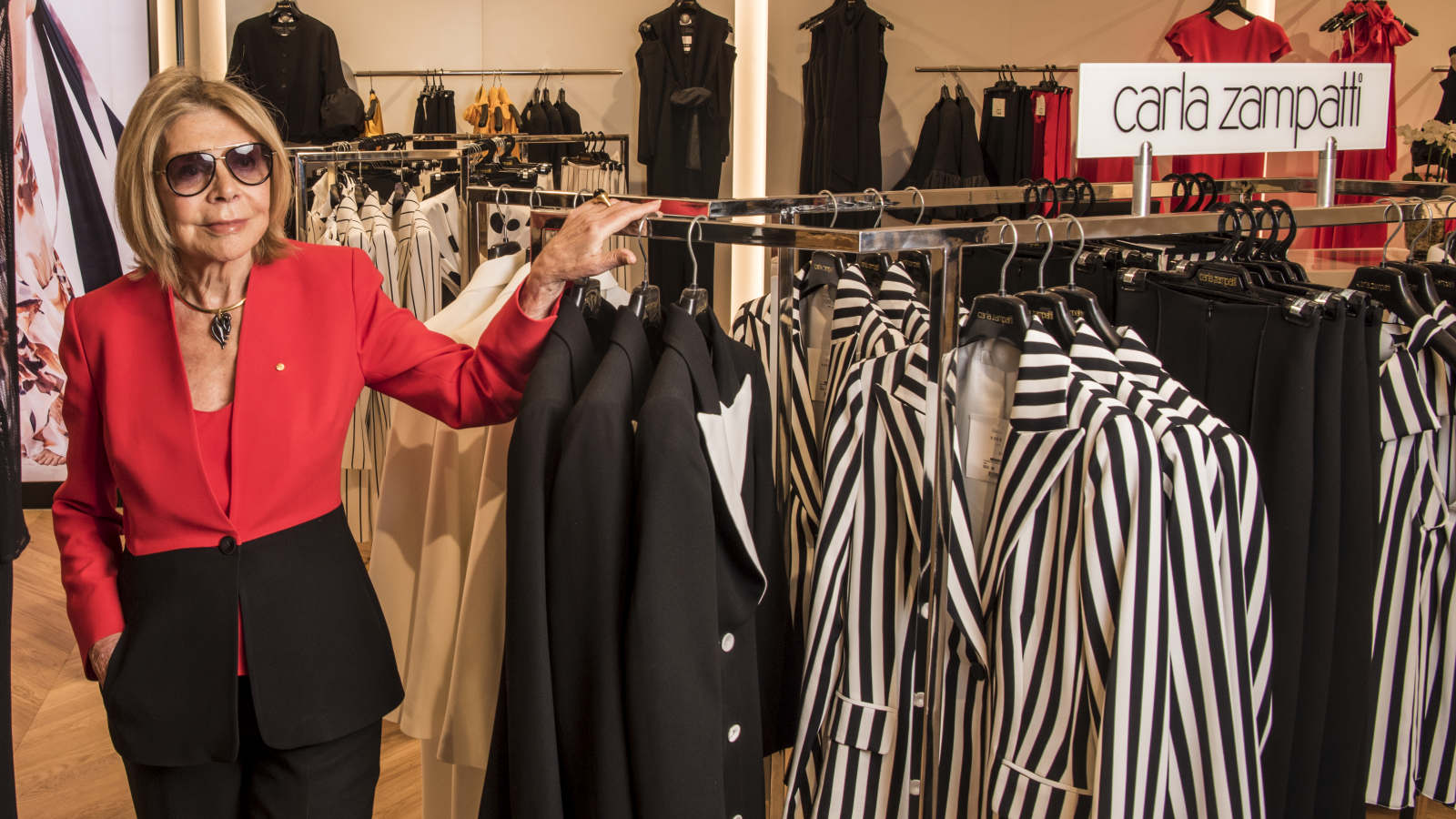Zampatti: Made in Australia move crucial to industry's survival
by Benjamen JuddMade in Australia could soon become the most coveted label as the government opens up discussions to secure the future of the country's textile and manufacturing sector.
Federal Industry Minister Karen Andrews met with Australia’s fashion leaders on Wednesday, including womenswear designer Carla Zampatti, to discuss the renewed focus on supporting the industry's recovery.

"It is wonderful to see that the government appreciates the contribution the fashion industry makes to the Australian economy and showed that they want to assist and ensure our industry grows and goes forward," Zampatti said.
The roundtable, which involved Stuart McCullough, chief executive of Australian Wool Innovation and The Woolmark Company, and Justin Levy, executive director for Cue, was the first in a series focused on upskilling the local fashion industry.
Ms Andrews said the impact of COVID-19 had exposed gaps in local supply chains.
"I am absolutely committed to working with the Australian fashion industry to grow it into the future, particularly mapping the local skills pipeline and finding ways to double down on domestic manufacturing capability," Ms Andrews said.
The discussions come weeks after the cancellation of the annual Mercedes-Benz Fashion Week. Industry insiders say many of the designers that were scheduled to show were directly impacted by the shutdown of offshore factories, and left with little to no clothes completed.
Mary Lou Ryan, co-founder of Bassike, said that using local manufacturing helped her brand remain agile enough to make it through the chaos of COVID-19 relatively intact.
"When [COVID-19] happened and cancellations started to come in from overseas, we were able to go into our factories and support [employees] by preparing them with JobKeeper and handling capacity of stock. We’ve been able to manoeuvre ourselves around this period."
One of the biggest hurdles to local manufacturing is cost, with many smaller or younger brands opting for offshore manufacturers as a way to cut costs.
"We cannot compete with making cheap garments in this country. We need to look at quality garments and we need cooperation and support from industrial relations," Zampatti said.
"I have designed and produced quality long-lasting fashion in Australia for 55 years. It can be done."